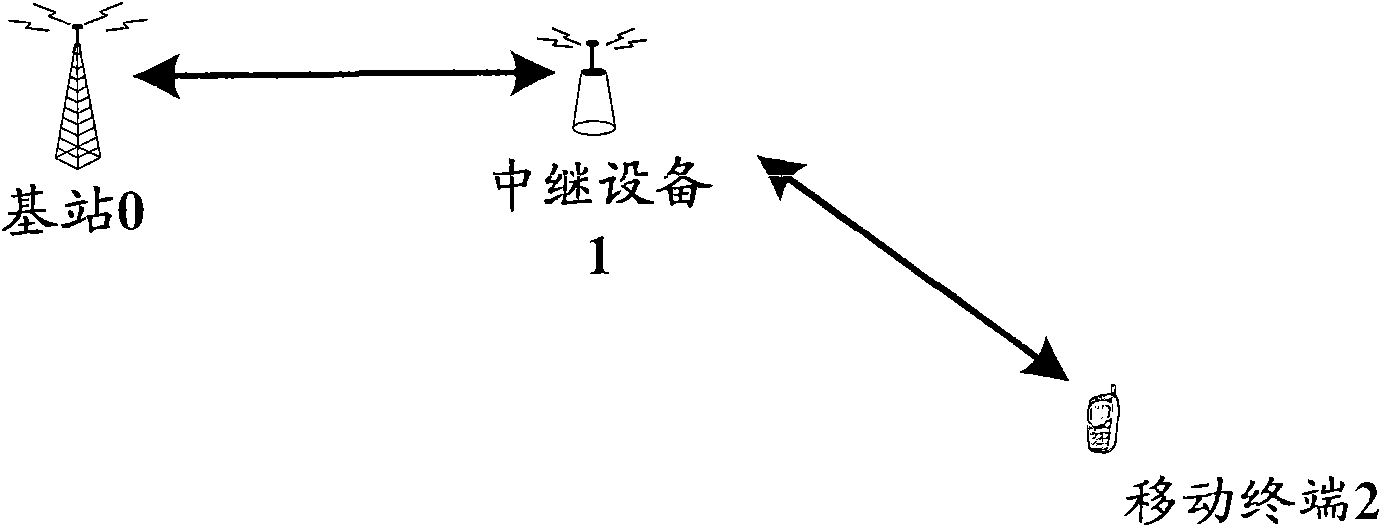Synchronous HARQ-based method and device for preventing signal interference in wireless relay network
A technology of wireless relay network and signal interference, applied in the direction of radio relay system, wireless communication, network planning, etc., can solve the problem of self-interference at the relay device 1, preconditions are difficult to be well satisfied, and interference is not considered and other issues to achieve low cost, improve resource utilization and system performance, and avoid self-interference
- Summary
- Abstract
- Description
- Claims
- Application Information
AI Technical Summary
Problems solved by technology
Method used
Image
Examples
Embodiment Construction
[0031] Specific embodiments of the present invention will be described in detail below in conjunction with the accompanying drawings.
[0032] understandably, in Figure 2a-2band subsequent signal flow schematic diagrams, although only one uplink HARQ process between the relay device 1 and the mobile terminal 2 is shown, those skilled in the art understand that the mobile terminal 2 and the relay device 1 can simultaneously There are other HARQ processes. For example, a downlink HARQ process occupies subframes 1, 5, 9... shown in Fig. 2 . Since in the frequency division system taking LTEA as an example, the uplink frequency band and the downlink frequency band have enough guard intervals, therefore, one subframe can be used for one uplink HARQ process and one downlink HARQ process at the same time without causing relay Self-interference at the device. In view of this, in this paper, the uplink synchronous HARQ process based on the synchronous HARQ technology will be discuss...
PUM
 Login to View More
Login to View More Abstract
Description
Claims
Application Information
 Login to View More
Login to View More - R&D
- Intellectual Property
- Life Sciences
- Materials
- Tech Scout
- Unparalleled Data Quality
- Higher Quality Content
- 60% Fewer Hallucinations
Browse by: Latest US Patents, China's latest patents, Technical Efficacy Thesaurus, Application Domain, Technology Topic, Popular Technical Reports.
© 2025 PatSnap. All rights reserved.Legal|Privacy policy|Modern Slavery Act Transparency Statement|Sitemap|About US| Contact US: help@patsnap.com



